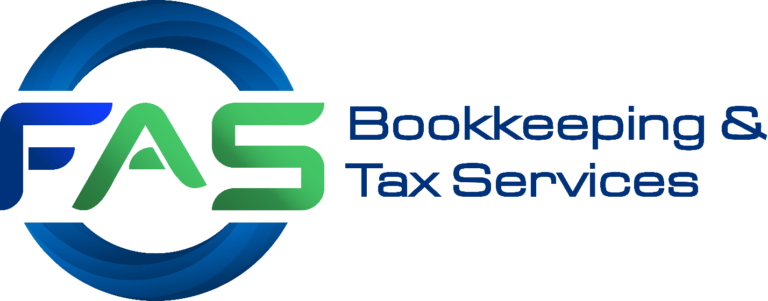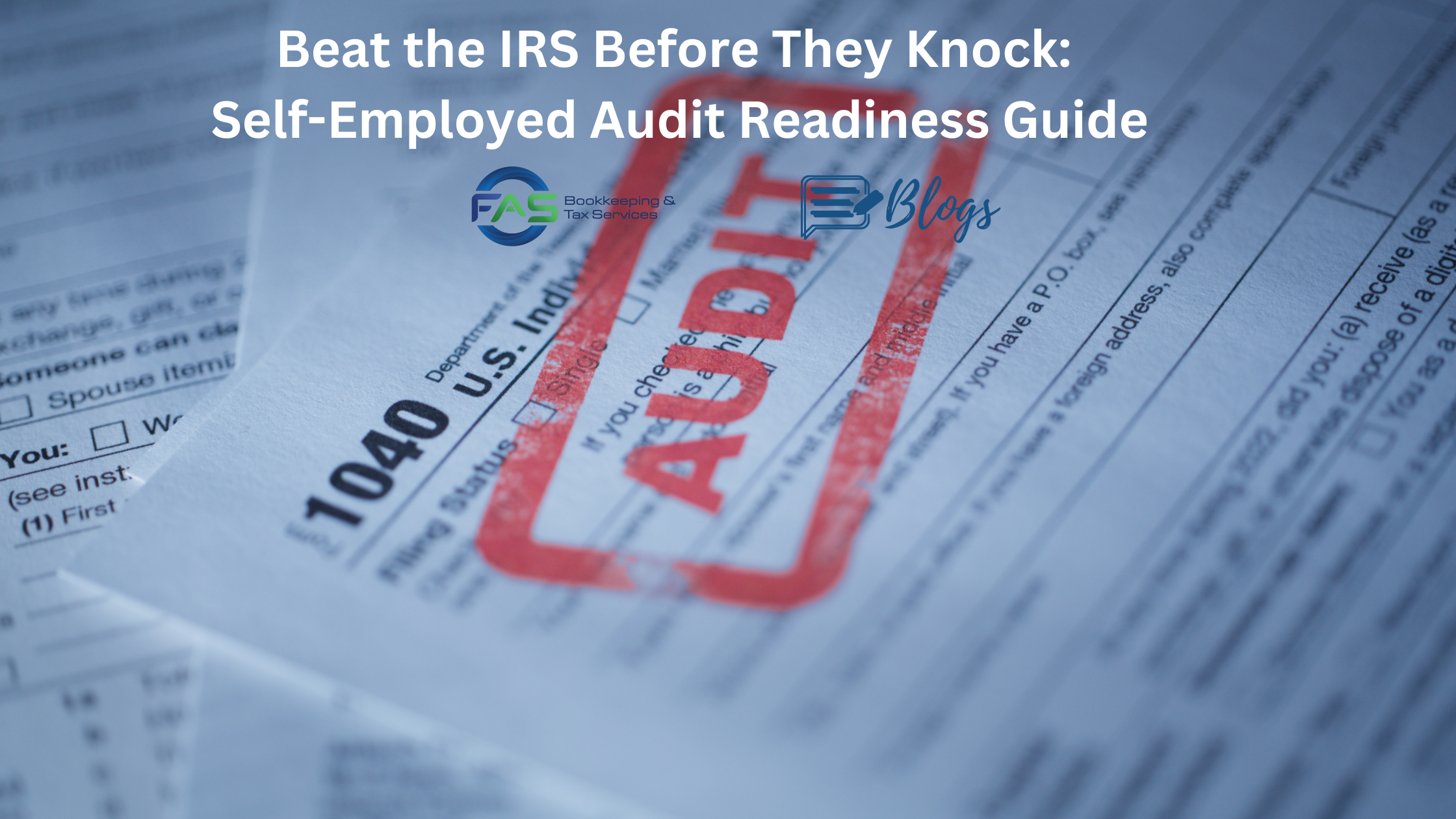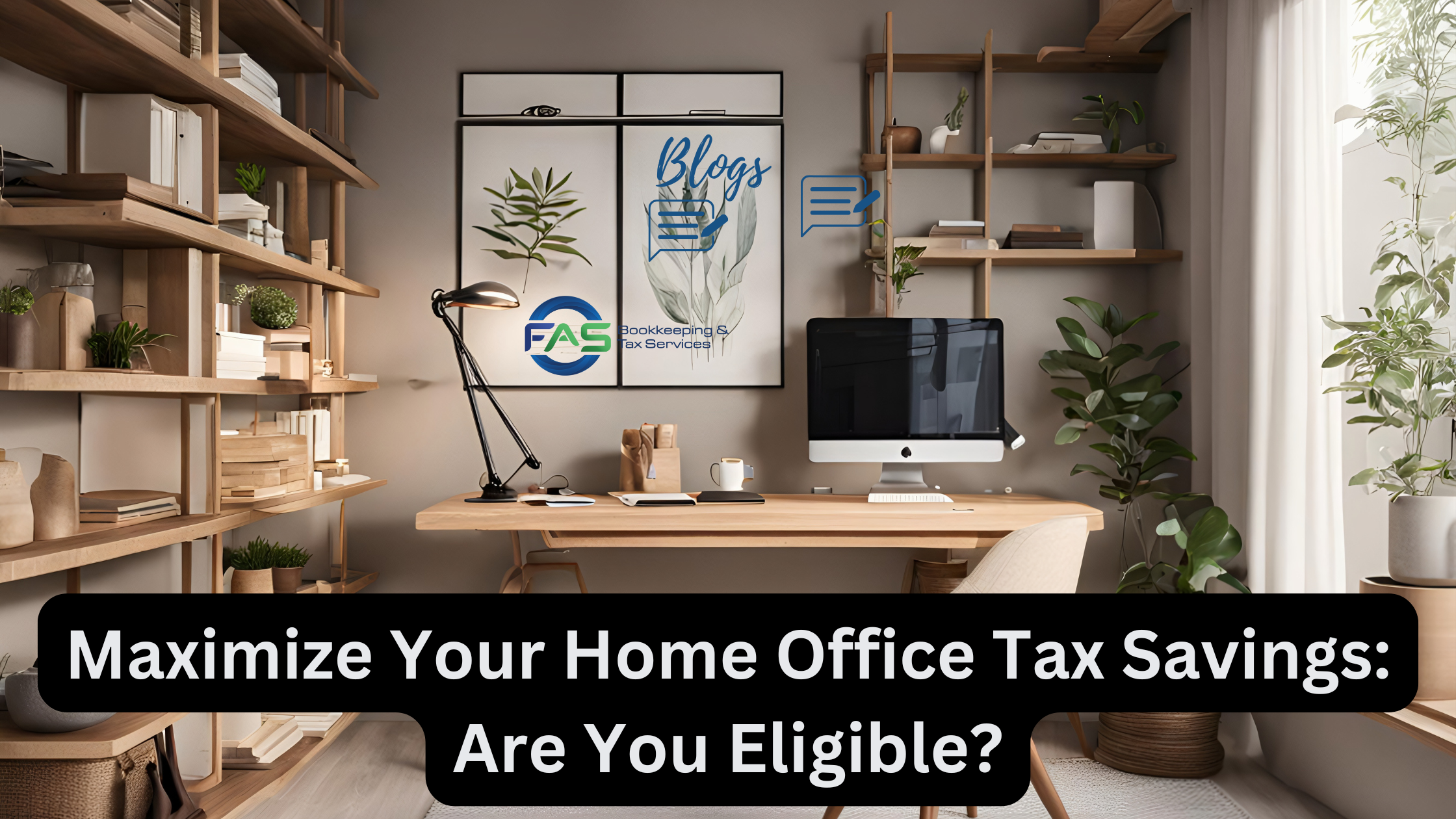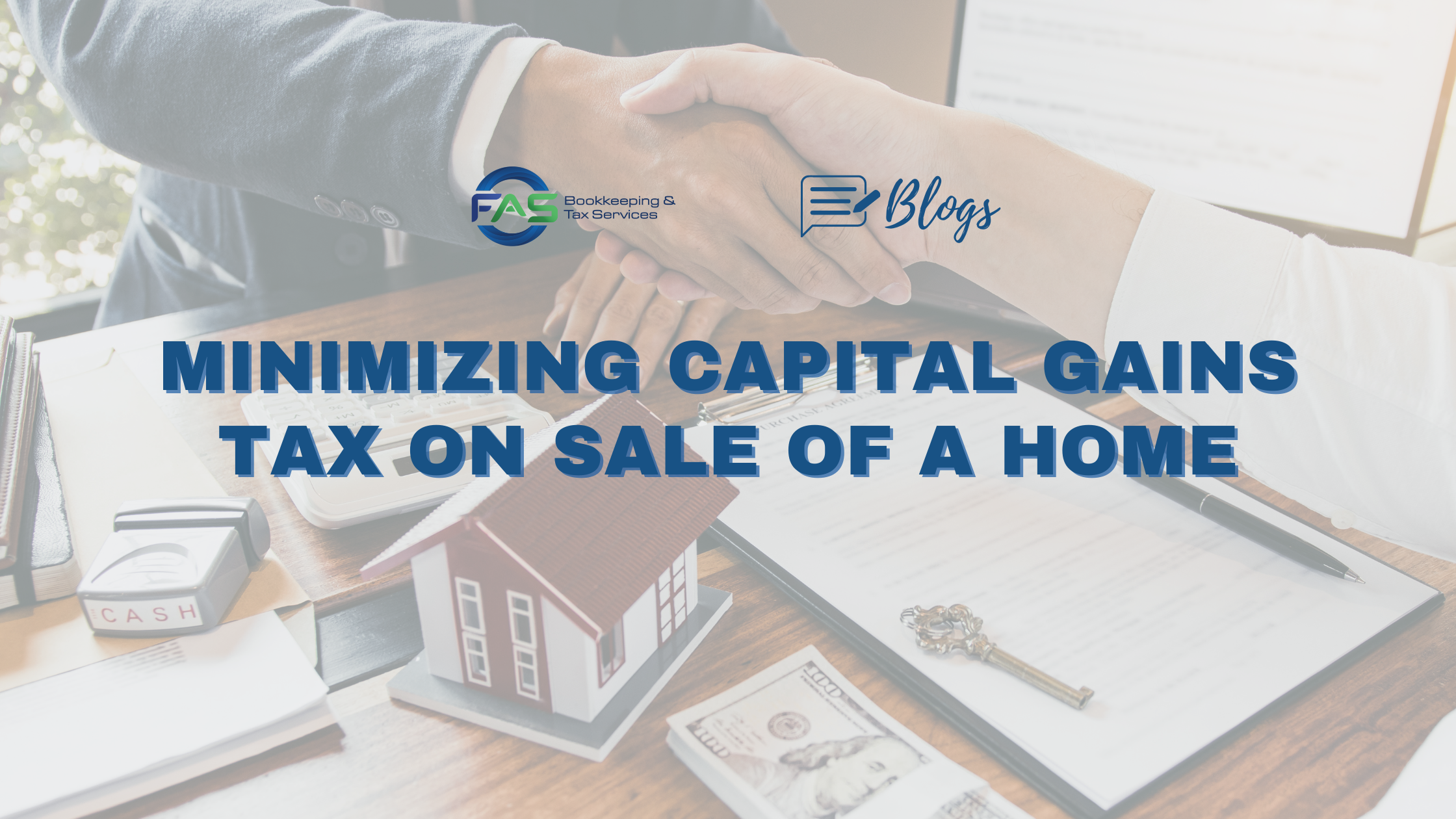Minimizing Capital Gains Tax on Sale of a Home
If you’re looking to sell your home this year, then it may be time to take a closer look at the exclusion rules and cost basis of your home to reduce your taxable gain on the sale.
The IRS home sale gain exclusion rule allows an exclusion of gain up to $250,000 for a single taxpayer or $500,000 for a married couple filing jointly. This exclusion can be used over and over during your lifetime (but not more frequently than every 24 months), as long as you meet certain ownership and use tests.
Eligibility Requirements
During the five-year period ending on the date of the sale, you must have:
- Owned the home for at least two years – Ownership Test
- Lived in the home as your main home for at least two years – Use Test
- Not excluded gain from the sale of another home during the two-year period ending on the date of the sale.
The Ownership and Use periods need not be concurrent. Two years means 24 months or 730 days within a five-year period, but the months or days need not be consecutive. Short absences, such as for a summer vacation, count in the period of use. Longer breaks, such as a one-year sabbatical, do not.
If you own more than one home, you can exclude the gain only on your primary home. The IRS uses several factors to determine which home is a principal residence: the place of employment, location of family members’ main home, mailing address on bills, correspondence, tax returns, driver’s license, car registration, voter registration, location of banks you use, and location of recreational clubs and religious organizations you belong to.
The exclusion can be used repeatedly every time you reestablish your primary residence. When you change homes, please call the office with your new address to ensure the IRS has your current address on file.
Only taxable gain on the sale of your home needs to be reported on your tax return. Further, you cannot deduct the loss on the sale of your main home, unless a portion of your home is rented out or used exclusively for your business. In that situation, the loss attributable to that portion of your home may be deductible, subject to various limitations. Please call for additional details.
Improvements Increase the Cost Basis
Be sure to consider all improvements made to the home over the years when selling your home. Improvements will increase the cost basis of the home, thereby reducing the capital gain.
Additions and other improvements that have a useful life of more than one year can also be added to the cost basis of your home. Examples of such improvements include the following: building an addition; finishing a basement; putting in a new fence or swimming pool; paving the driveway; landscaping; or installing new wiring, new plumbing, central air conditioning, flooring, insulation, or a security system.
Jack and Mary purchased their primary residence in 2012 for $200,000. They paved the unpaved driveway, added a swimming pool, and made several other home improvements adding up to a total of $75,000. The adjusted cost basis of the house is now $275,000. The married couple sold the house in 2023 for $550,000. It costs them $40,000 in commissions, advertising, and legal fees to sell the house.
These selling expenses are subtracted from the sales price to determine the amount realized. The amount realized in this example is $510,000. That amount is then reduced by the adjusted basis (cost plus improvements) to determine the gain. The gain, in this case, is $235,000. After considering the exclusion, there is no taxable gain on the sale of this primary residence and, therefore, no reporting of the sale on Jack and Mary’s 2023 joint income tax return.
Partial Use of the Exclusion Rules
Even if you do not meet the ownership and use tests, in certain circumstances you may be allowed to exclude a portion of the gain realized on the sale of your home. A partial exclusion may be available if you sold your home because of health reasons, a change in place of employment, or certain unforeseen circumstances. Unforeseen circumstances include, for example, divorce or legal separation, natural or man-made disasters resulting in a casualty to your home, or an involuntary conversion of your home. If one of these situations applies to you, please call for additional details.
Recordkeeping
Good recordkeeping is essential for determining the adjusted cost basis of your home. Ordinarily, you must keep records for three years after the filing due date. However, you should keep documents proving your home’s cost basis for as long as you own your home.
The records you should keep include:
- Proof of the home’s purchase price and purchase expenses
- Receipts and other records for all improvements, additions, and other items that affect the home’s adjusted cost basis
- Any worksheets or forms you filed to postpone the gain from the sale of a previous home before May 7, 1997
Help Is Just a Phone Call Away
Tax considerations surrounding the sale of a home can be confusing. If you have any questions on taxes related to the sale of your home, please call.





